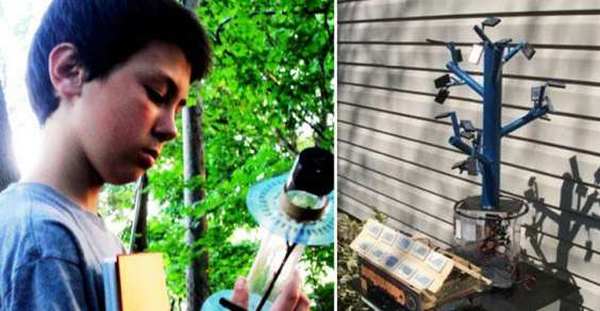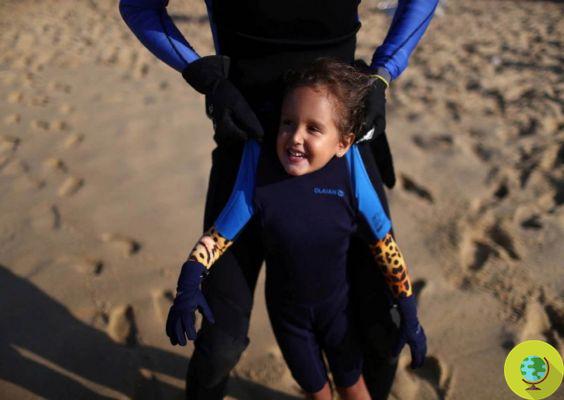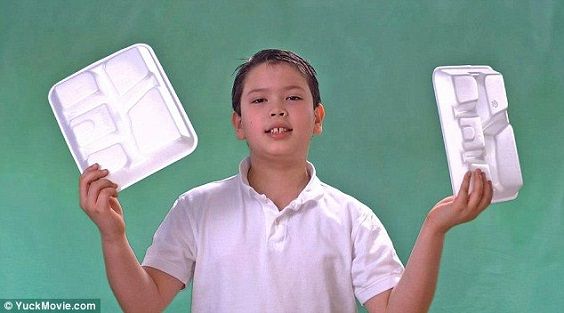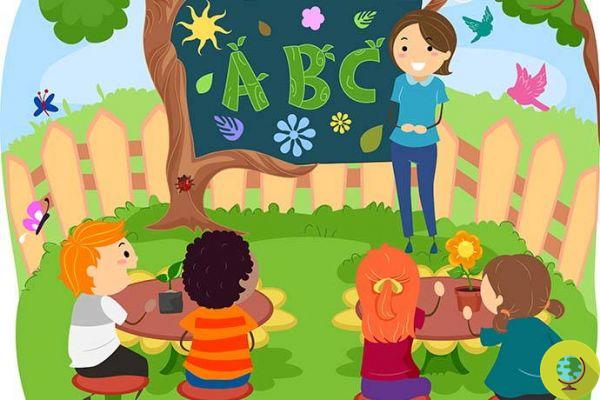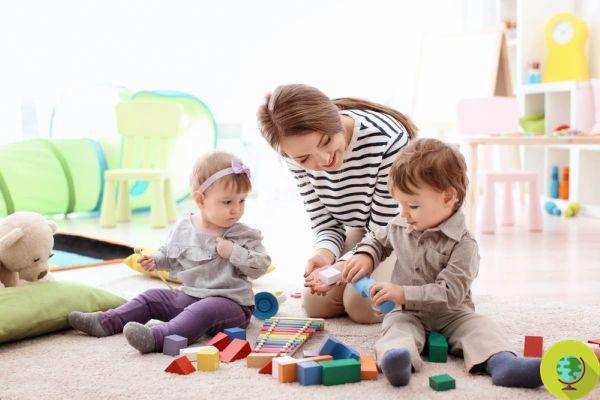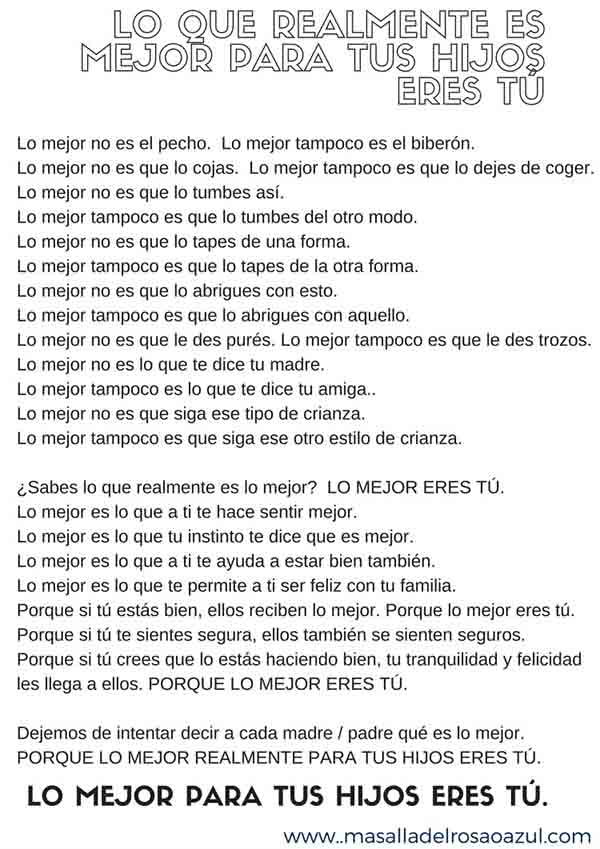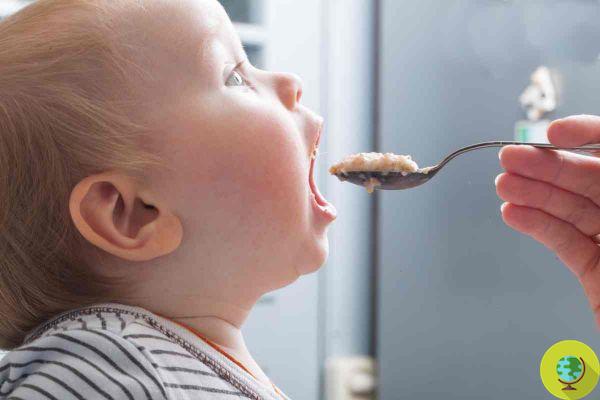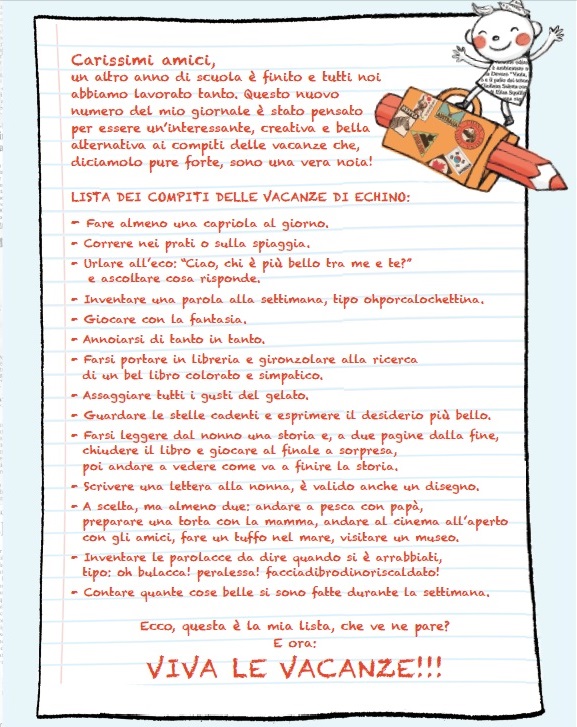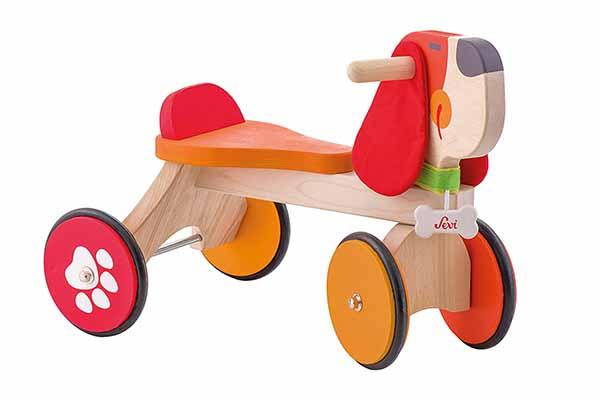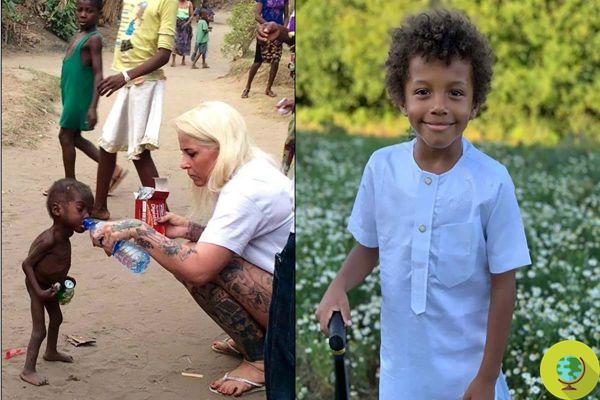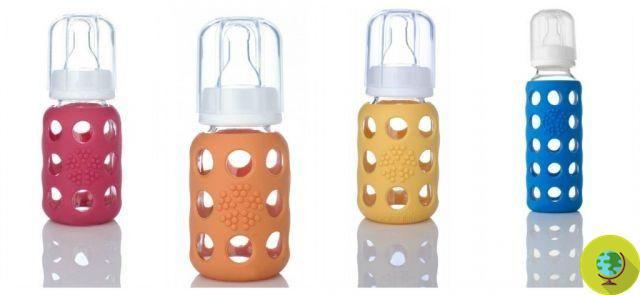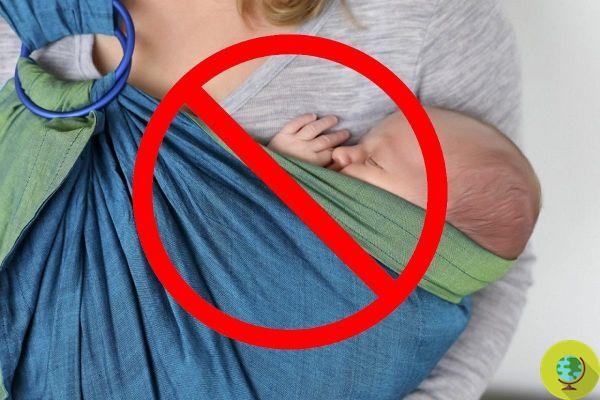
It's the worst thing that can happen to a mom, losing her baby. In Australia, a baby wrapped in a sling has died. His mother was taking him to the hospital for a routine check-up but once they reached their destination the baby was not breathing
Don't store avocado like this: it's dangerous
It's the worst thing that can happen to a mom, losing her baby. In Australia, a baby died, and was wrapped in a babywearing sling. His mother was taking him to the hospital for a routine check-up, but once they reached their destination, the baby was not breathing.
The maneuvers of the hospital doctors were of little use. The baby was already dead and could not be resuscitated. He was called Harvey and was born in Australia on March 12th. He was the third child of Tattika Dunn and Bill McGlinn, former parents of four-year-old twins, Seth and Bailey.
Dunn was with Harvey on April 8 for a routine checkup at the Long Jetty Community Health Center in Killarney. The mother as she often did she had carried the baby in a sling but when Harvey was brought out to the nurse, the woman noticed that she was no longer breathing.
The police are investigating but killing the baby it would have been SIDS, Sudden Infant Death Syndrome (Sudden Infant Death Syndrome), which mainly affects infants under one year of age (more often between the second and fourth month of life), during sleep.
How explains the Istituto Superiore di Sanità, a specific medical cause capable of explaining it has not yet been defined with certainty Sids but there are instead a series of behaviors and risk factors that can affect the likelihood of it occurring:
“According to what was reported by the American CDCs, the reason for SIDS could lie in anomalies in the brain area that controls the rhythms of sleep and wakefulness. For this reason, several research centers propose a triple risk model to explain the chain of events leading to SIDS. In the first place, the apparently healthy and normal child actually suffers from a small anomaly in the system of regulation of the heart, respiratory or general rhythms of his organism. Changes in sleep, respiratory and / or heart rhythms, blood pressure or body temperature then occur in the first months of life. Finally, external events, such as sleeping in a prone position, exposure to secondhand smoke and small respiratory infections, add to and aggravate the situation, inducing SIDS and therefore the death of the child. According to this model, one can speak of SIDS only if the three factors are present together ”.
Is babywearing safe?
Carrying babies in a sling or baby carrier, using only ergonomic supports, is safe. It is less so to use non-ergonomic systems. In any case, there are some important safety rules to follow to carry a baby in a sling.
Here's what the mistakes to avoid for truly safe babywearing.
The rules are few but valid and are summarized by the acronym TICKS, promoted in England by the British Consortium of Baby Sling Manufacturers and Retailer:
T per TIGHT – Neighbor. The binding with the band it doesn't have to be slow but the fabric must adhere as closely as possible to the body of mom / dad and baby. In fact, a firm tie prevents the baby from burdening the fabric and consequently the parent. The child doesn't have to never be placed in a cradle but it must necessarily be in a vertical position e never facing the world.
I for ALWAYS ON SIGHT - The bearer, mom or dad, must never lose sight of the child, check their breathing and body temperature.
C - REMOTE KISS – In inglese “Close enough to kiss”. The child should never be too low but his head must "touch" the parent's chin, at kiss height.
K - CHIN AWAY FROM THE CHEST- Keep chin off the chest. To breathe freely, the child's chin should not rest on the wearer's chest. In this way, his airways are always free. Make sure there is at least one finger of space between our body and the baby's chin.
S for REAR SUPPORT - Supported back ("back supported"). There back of child it must never be dangling but it must be supported in such a way that it does not slip into incorrect positions. To do this, you need to pull the band with precision.
Babywearing is a wonderful experience for parents and babies but it is important to do it right, using ergonomic supports, and following these simple safety rules.
READ also:
- Babywearing: 10 tips to bring babies in swaddling clothes even in summer (VIDEO)
- Baby sling: which one to choose and how to wear it
- Babywearing: 10 benefits of carrying babies in a sling
Francesca Mancuso
cover photo




